Using polystyrene in a basement
millerjoe49
16 years ago
Related Stories
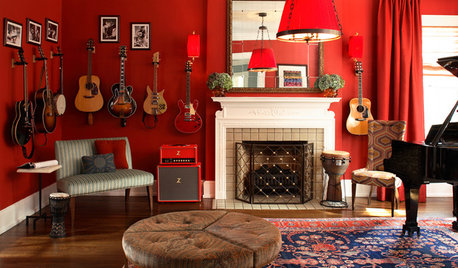
DECORATING GUIDESSpare Room? Lucky You. Here are 12 Fresh Ways to Use It
Imagine all the things you could do in your extra space: painting, planting, playing or nothing at all
Full Story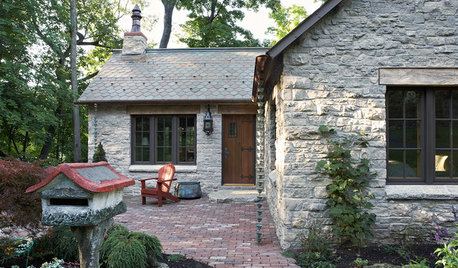
GREEN BUILDINGHouzz Call: What Have You Salvaged for Home Use?
If your floors, furniture, exterior materials or other home elements have a past life, we'd like to hear the story
Full Story
REMODELING GUIDESWhen to Use Engineered Wood Floors
See why an engineered wood floor could be your best choice (and no one will know but you)
Full Story
KITCHEN STORAGEKitchen Storage Hacks to Make Use of Every Space
Cupboards full? Try these kitchen ideas for working more valuable storage into your cooking space
Full Story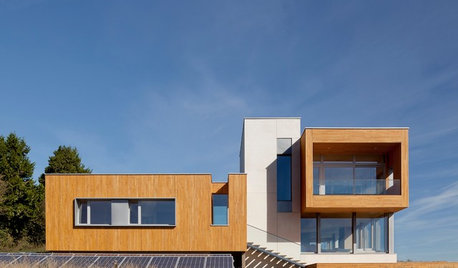
GREEN BUILDINGSunlight Used Right: Modern Home Designs That Harness Solar Power
Embracing passive heating principles through their architecture, siting and more, these homes save energy without skimping on warmth
Full Story
FURNITUREOn Trend: Max Out Function With Double-Use Seats and Sleepers
Have your seating with a side of storage or just maximize your options with these versatile chairs, beds and furniture systems
Full Story
DECORATING GUIDESDecorating 101: How to Use White Right
If you’ve ever been in white-paint-swatch limbo, you know white can be tricky to work with. Here’s how to get the fresh look you’re after
Full Story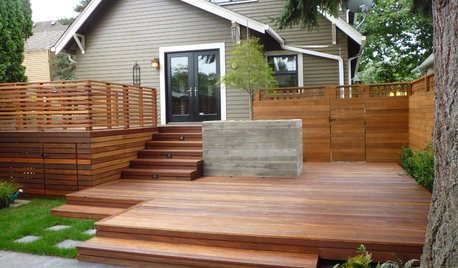
GARDENING AND LANDSCAPINGThat Gap Under the Deck: Hide It or Use It!
6 ways to transform a landscape eyesore into a landscape feature
Full Story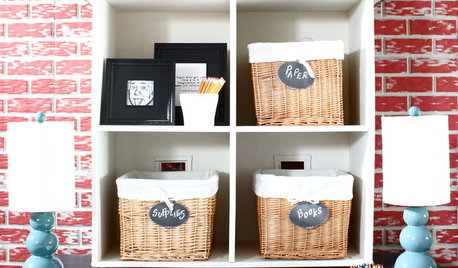
KIDS’ SPACESCreate a DIY Homework Station They’ll Really Use
Start the school year on the right foot by setting up an inviting study zone with things you may already own
Full Story
DINING ROOMSBetter Ways to Use Your Dining Room
Ready to rethink a formal dining room? Here are some great ideas for turning your home’s least-used room into a fun multitasking area
Full Story





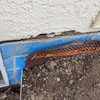


homebound
bungeeii
Related Professionals
Elgin General Contractors · Great Falls General Contractors · Langley Park General Contractors · Mobile General Contractors · Bull Run Architects & Building Designers · Madison Heights Architects & Building Designers · Laguna Niguel Flooring Contractors · Moses Lake Flooring Contractors · New Bern Flooring Contractors · New Rochelle Flooring Contractors · Oregon City Flooring Contractors · Slidell Flooring Contractors · South Plainfield Flooring Contractors · West Haven Flooring Contractors · Wixom Flooring Contractorsmillerjoe49Original Author
formula1
worthy
greif
millerjoe49Original Author
worthy
shortlid
worthy
patsfan
Brewbeer
patsfan
worthy
Brewbeer
patsfan
worthy
millerjoe49Original Author
worthy